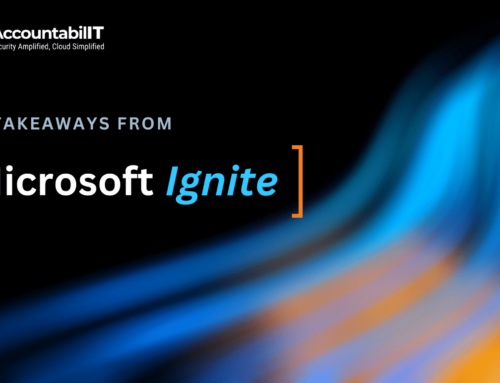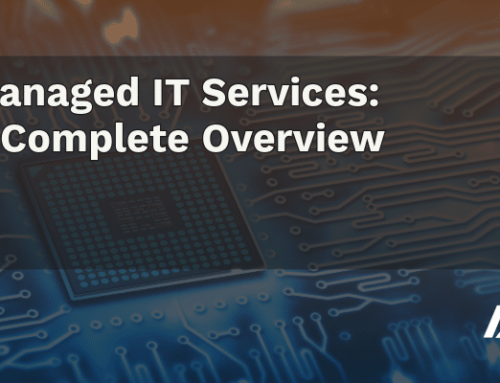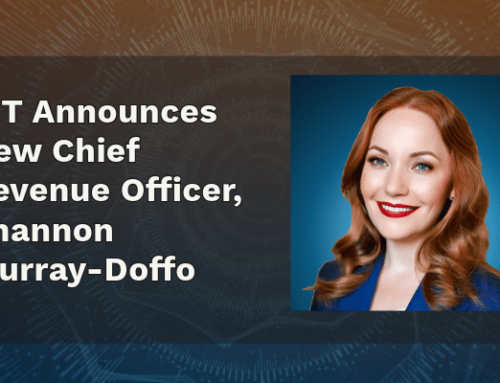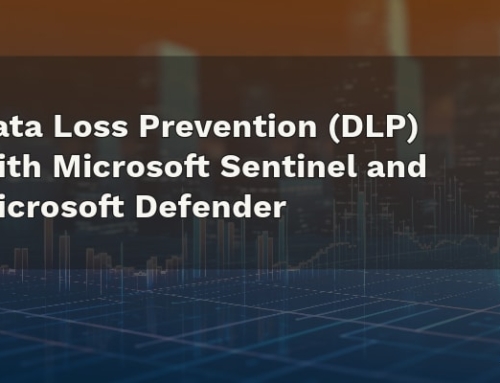The recent wave of cyber attacks in the United States—including the dramatic ransomware attack on Colonial Pipeline that caused long fuel lines—may have had you wondering how prone to cyber threats your organization is.
Ransomware alone has reached new heights with increasingly targeted attacks, and has seen a 158% spike in North America since 2019. As well, new variants of malware have been identified, malicious files have increased, and cloud tools have become weapons for cybercriminals.
Why is cybercrime increasing?
There are a number of reasons that are swirling to create a perfect storm for cybercriminals, whose tactics are getting both more refined and more aggressive. For starters, the pandemic sent people home to work, where they would access corporate networks with sometimes fewer security controls.
The political climate, record prices of and inability to track cryptocurrencies (which are the preferred form of payment for ransoms), and the explosion of software not built with security top of mind have all contributed.
Managing your risk: How to get started
No matter how large or small your business is, the risk is there, and it’s important to vigilantly and proactively take steps to guard against it and mitigate issues.
A cyber security risk assessment is one way to uncover just how vulnerable you may be to security incidents, data breaches, or other attacks that could compromise your sensitive information and even the very life of your business.
What is a cyber risk assessment?
This is an important part of any business’ risk management strategy. and can help you know how secure you are (or aren’t) against common cybersecurity threats, including ransomware, malware, and phishing. It helps you understand, control, and mitigate potential risk, and serves as a good baseline for a risk management framework that will be your go-forward plan.
This assessment identifies all of your information systems assets that could potentially be affected by a cyber attack and identifies the risks specific to each asset or category of assets. These assets include everything from hardware, systems, laptops, sensitive data, and intellectual property.
What is the risk assessment process?
This process is a complex one that, especially if you are a small- to medium-sized business, you’ll likely want to work with an outside cybersecurity organization, such as AccountabilIT.
At a high level, this process involves a number of steps, including:
-
- Gathering a team of stakeholders from all areas of the business to form your risk management task force. Cross-functional input is key to the success of your cybersecurity efforts, because all objectives and business functions must be understood and accounted for.
- Creating an inventory of all assets. This includes everything across your IT infrastructure, from hard assets (like a computer) to as-a-service assets (SaaS, PaaS, IaaS, and so on) and even assets used by third-party vendors.
- Determining the value of your information, especially business-critical data. You’ll arrive at value by understanding financial and legal penalties for losing it, its impact on revenue and on day-to-day operations, and the reputational ramifications if it were exposed or lost.
- Cataloguing and analyzing identified threats. What are all the potential risks, what is the probability of those risks for each asset, and what is the likely impact they may have on your organization?
- Identifying and implementing security controls. Mitigate or eliminate risk using tactics such as network segregation, firewall configuration, password protocols, workforce training, and more.
What are the benefits of having an assessment done?
Avoid losses: Should you be the victim of an attack, the costs can be high, with lost data, financial loss, and even reputational damage.
It ensures you meet regulatory requirements: Depending on your business, you may have several areas requiring compliance, including HIPAA, PCI DSS or APRA CPS 234.
Supports your cybersecurity objectives: Having a documented assessment outlining risks can help you secure the budget and other support you need.
Minimize downtime: If systems go down, your staff loses productivity and you could lose orders due to customers not being able to access your website or other systems.
AccountabilIT can help. We are industry leaders in cybersecurity, here to help you identify and minimize cyber threats and attacks on your business. Contact us to learn more about how we can help secure your business from these increasing and evolving threats.




